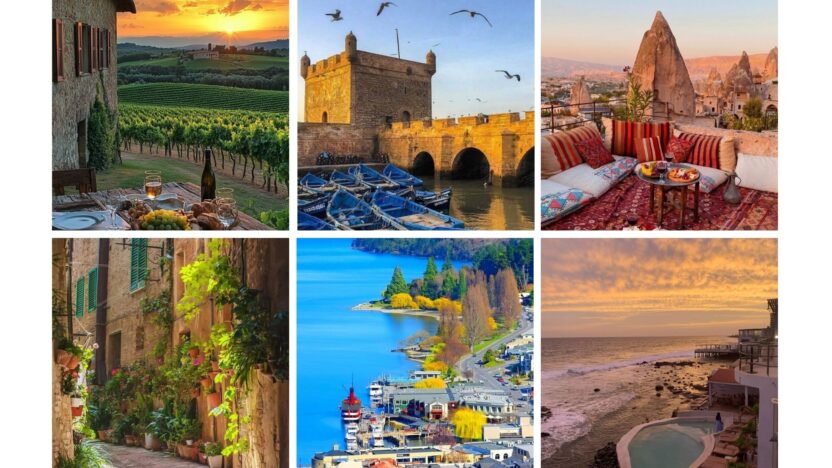Sometimes travel can feel rushed, with tight schedules and crowded itineraries. Slow travel lets you step back and enjoy each place at your own pace, making it easier to connect with local culture and people.
By giving yourself time to linger, you find meaning in small details and everyday experiences that typical tourism often misses. These destinations offer the chance to unwind, savor the journey, and enjoy a deeper, more personal adventure.
1) Dakar, Senegal
Dakar invites you to slow down and soak up the rhythms of West African life. The city sits on the Cape Verde Peninsula, surrounded by the Atlantic Ocean, giving you plenty of opportunities to stroll along windswept beaches or visit bustling fish markets.
You can wander through the colorful local markets, trying fresh street food like thieboudienne (fish and rice) or savoring a sweet glass of bissap. Mix with locals in lively dance clubs or simply relax at a café, watching the city come alive as the sun goes down.
Take a ferry to Gorée Island to learn about its significant past, or explore the street art scene in neighborhoods like Medina. The combination of French and Wolof influences is everywhere—in the language, cuisine, and daily conversations you’ll hear.
Dakar’s pace is energetic yet welcoming. With friendly faces and a coastal breeze, it encourages you to pause, observe, and truly experience its unique culture. Whether you’re spending a day or a month, Dakar offers countless ways to immerse yourself and make meaningful connections.
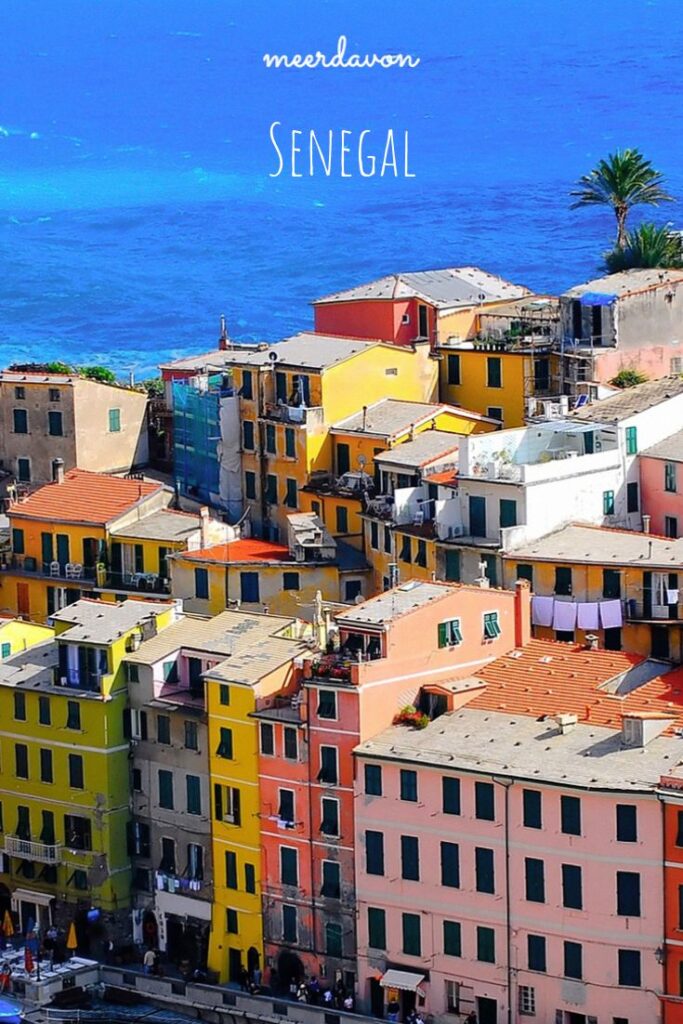

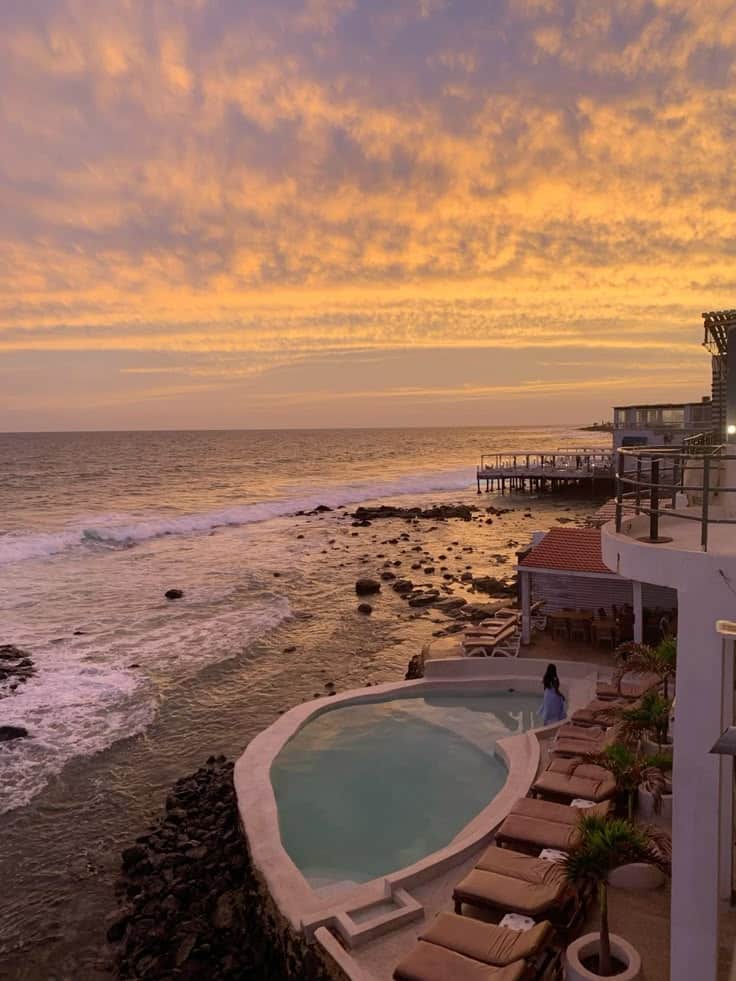
2) Luang Prabang, Laos
Luang Prabang is the kind of place where you naturally slow down. You’ll find yourself wandering quiet riverside streets, dotted with golden temples and French colonial buildings.
Start your mornings early and catch monks collecting alms at sunrise. The peaceful ritual sets the tone for a gentle day ahead. Afterward, you can stop by a local bakery for fresh pastries with a view of the Mekong.
The pace here is unhurried, whether you’re exploring bustling markets filled with tropical fruit, or gliding along the river by boat. Renting a bike gives you the freedom to roam between sacred sites, calm neighborhoods, and green landscapes at your own tempo.
Don’t miss a trip to Kuang Si Falls, just outside town. The turquoise pools invite you to relax and enjoy nature. In the evening, browse night markets or settle into a riverside café as the sun sets.
In Luang Prabang, every day unfolds slowly, letting you soak up both culture and calm without ever feeling rushed.
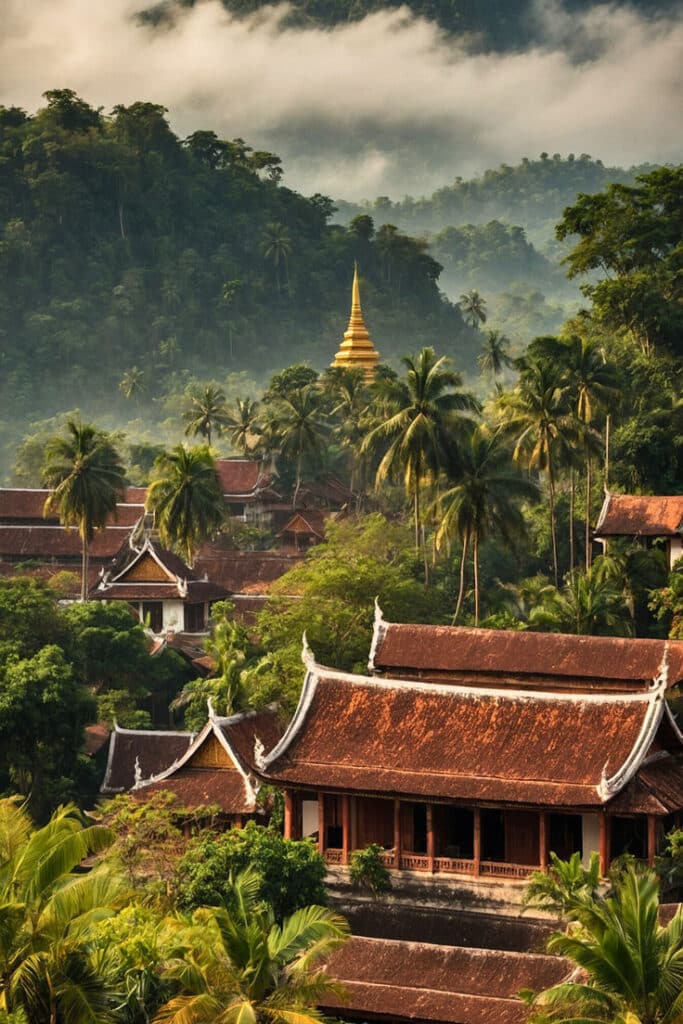
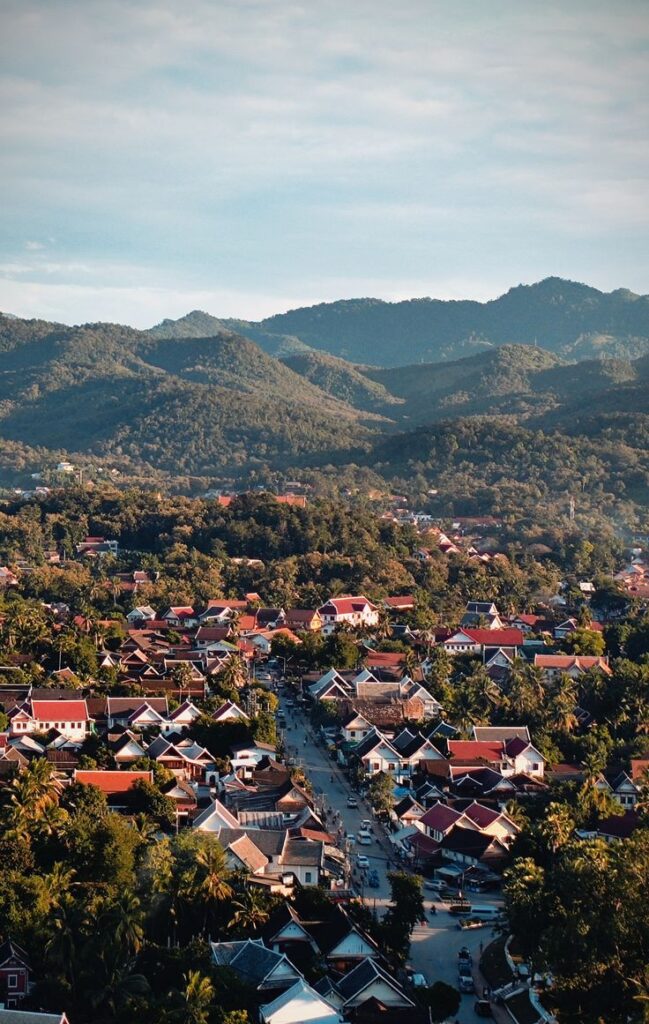
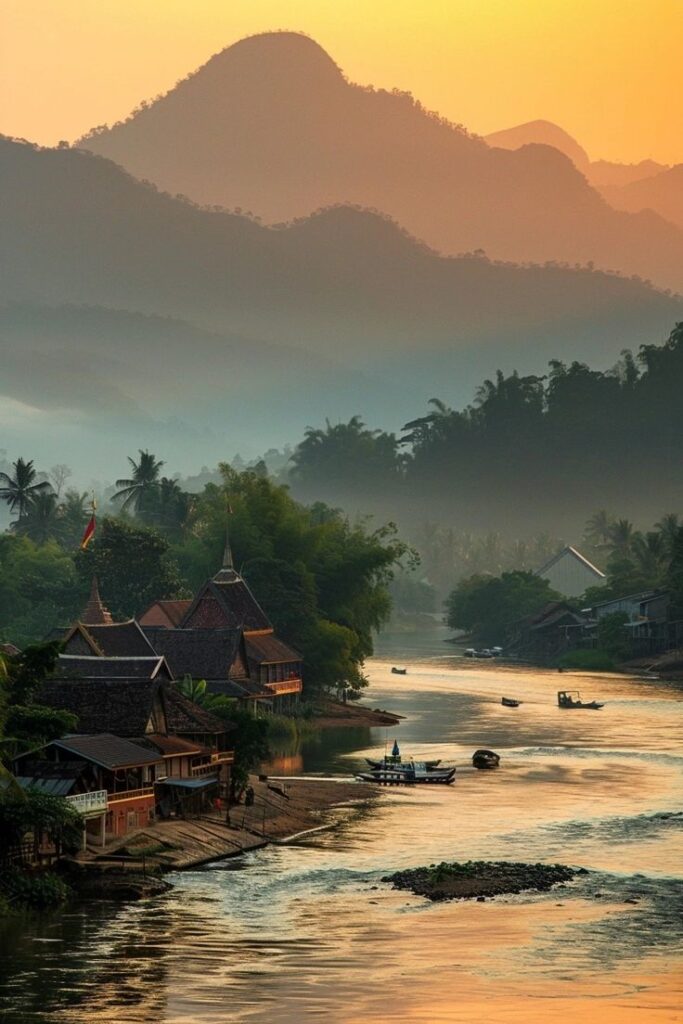
3) Tuscany, Italy
Tuscany invites you to slow down and enjoy everyday life at an easy pace. You’ll find rolling hills dotted with vineyards, medieval villages, and cypress-lined roads that seem made for leisurely exploring.
Florence and Siena are popular, but you’ll discover Tuscany’s real charm in smaller towns like Pienza, Montepulciano, and Montalcino. Strolling through their quiet streets, you can browse local shops, sip espresso in sunlit squares, and savor traditional Tuscan dishes without any hurry.
Enjoy long lunches with local wine, join a family-run cooking class, or simply take in the landscape dotted with olive groves and sunflower fields. In Tuscany, the sweetness of doing nothing—“dolce far niente”—becomes easy to embrace.
Driving country roads or cycling between villages gives you the perfect opportunity to soak up the beauty of the region at your own pace. Every day feels richer when you’re not rushing from one sight to the next.
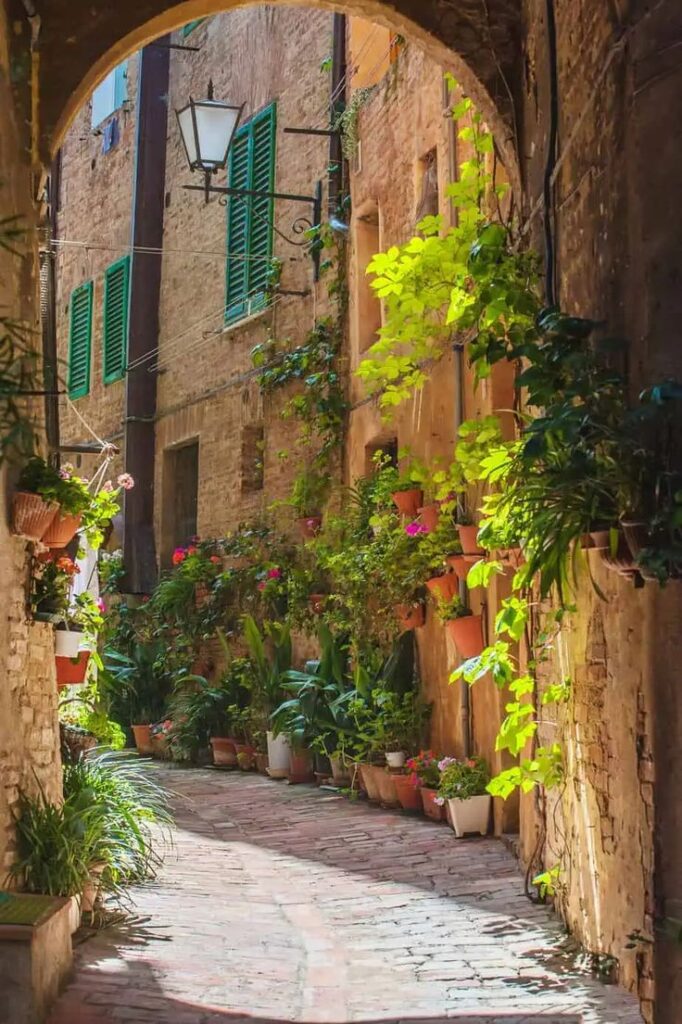
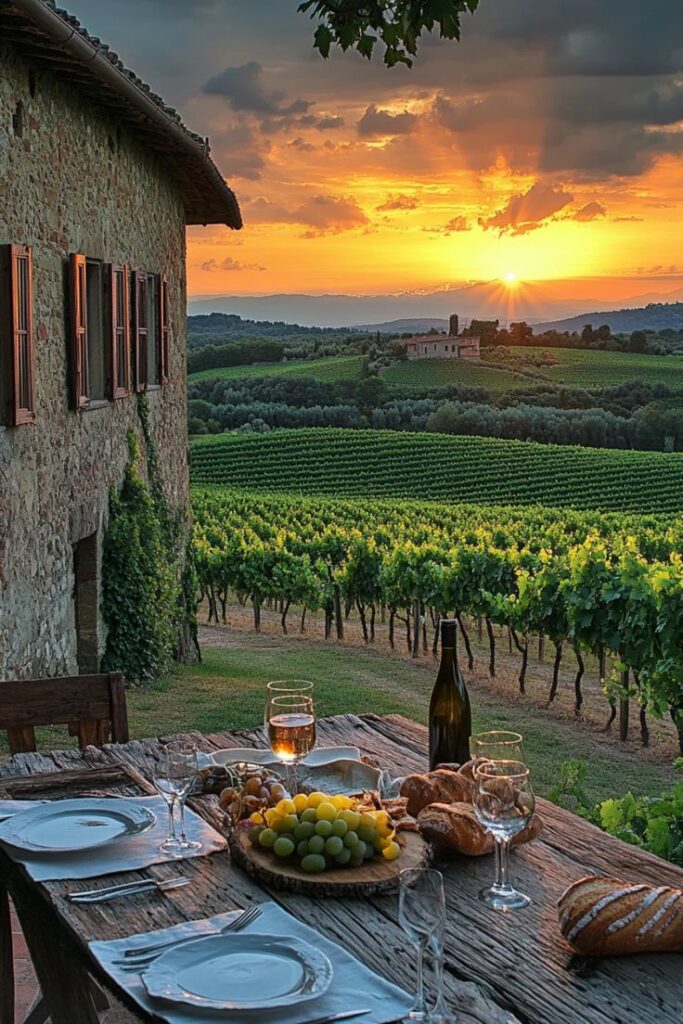
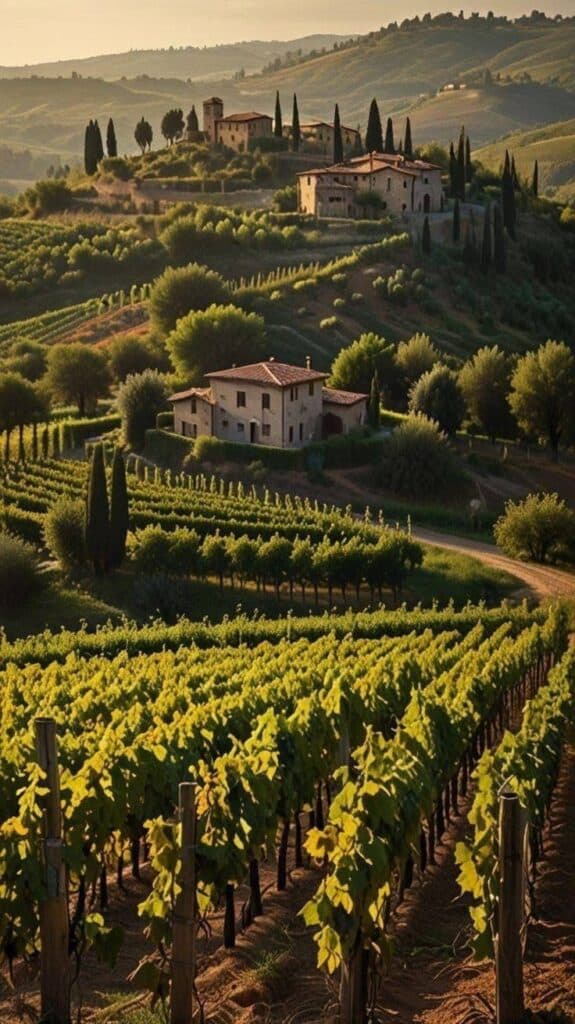
4) Chiang Mai, Thailand
If you want to slow down and enjoy genuine Thai culture, Chiang Mai is a great place to start. Nestled in northern Thailand, the city has a calmer vibe than Bangkok, with leafy streets and mountain views.
You can stroll through centuries-old temples like Wat Phra Singh or Wat Chedi Luang without rush. Take your time enjoying fresh fruit at vibrant local markets or relax in one of the laid-back cafés.
Chiang Mai is also known for its festivals, such as Loy Krathong and Yi Peng, which fill the city with lanterns and local celebrations. If you like crafts, the town is home to skilled artisans—explore shops selling handmade ceramics, silver, and textiles.
With plenty of green spaces, you can cycle through rice paddies or gaze at waterfalls just outside the city. You’ll find the slower pace here lets you connect with local people, learn to cook Thai food, or try a meditation retreat.
Whether you stay for a few days or a few weeks, Chiang Mai encourages you to take things slow and soak everything in.
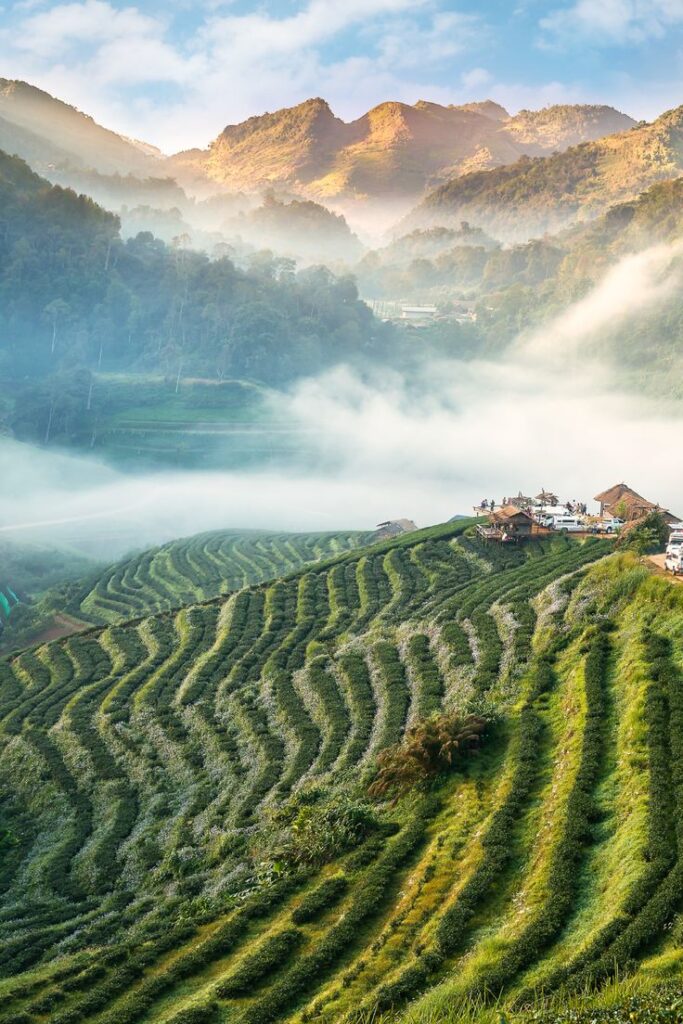
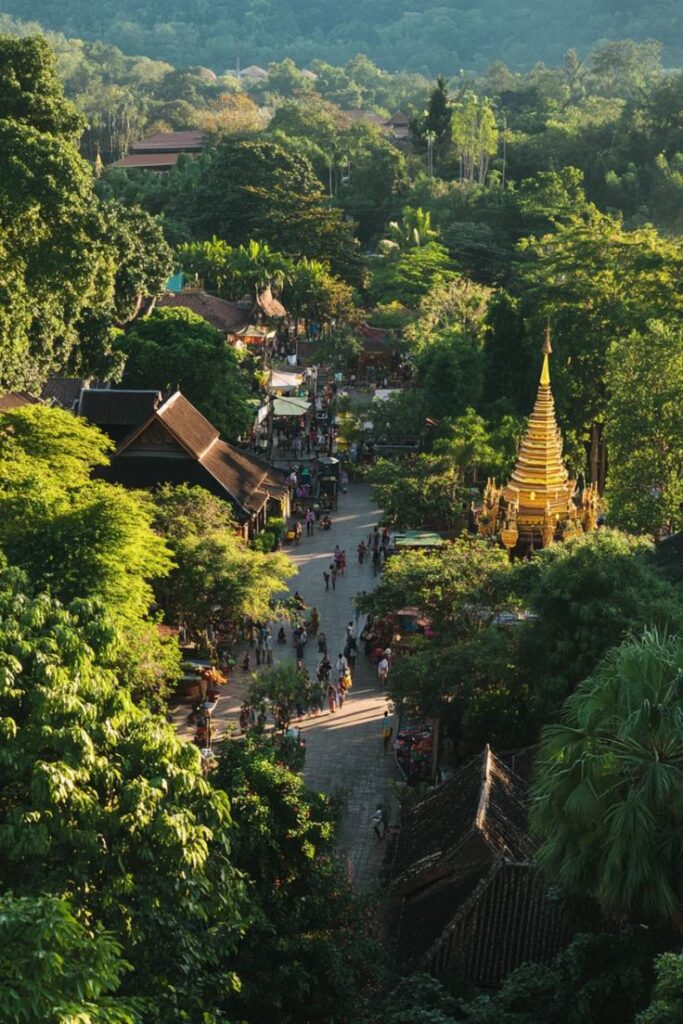
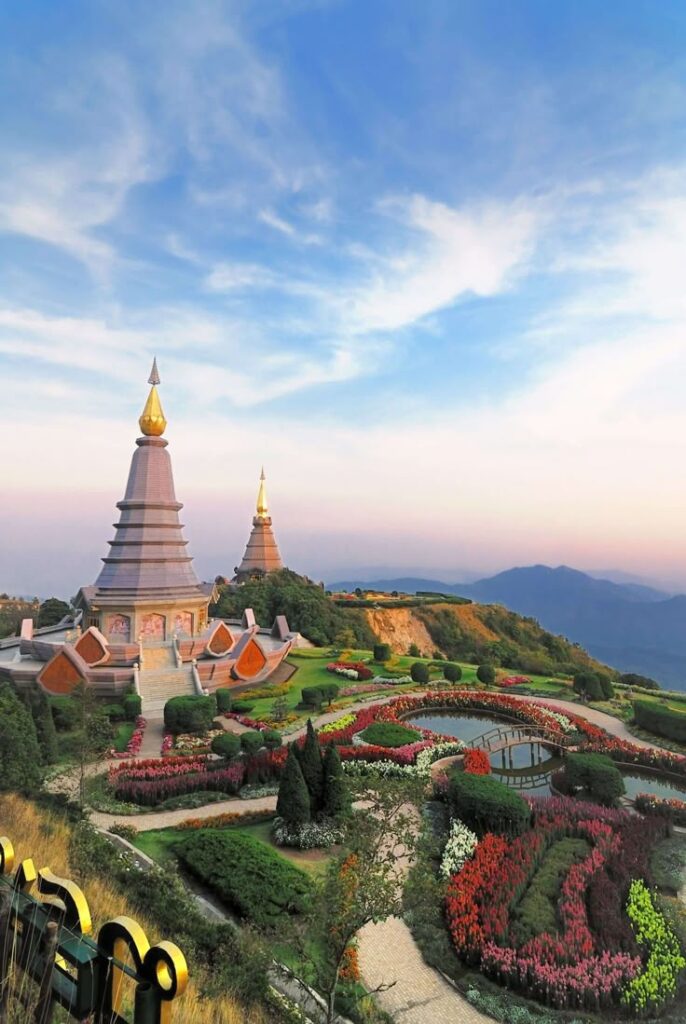
5) Valle de Bravo, Mexico
You’ll find Valle de Bravo tucked beside Lake Avándaro, about two hours from Mexico City. The town is known for its cobblestone streets, whitewashed houses, and mountain backdrop. It’s easy to take things slow here, whether you’re strolling through the main plaza or enjoying quiet lake views.
The pace in Valle de Bravo naturally invites you to linger. You can sip locally roasted coffee at cafes or browse through open-air markets for handmade crafts. There’s no rush—just time to take in the relaxed atmosphere.
Nature lovers can explore nearby forests or hike to the Velo de Novia waterfall. The lake is perfect for leisurely boat rides, kayaking, or simply relaxing on the shoreline. Paragliding is popular too if you want a gentle adventure.
Valle de Bravo’s food scene features traditional Mexican dishes at casual restaurants and local food stalls. Friendly locals are happy to share recommendations. It’s a place where you can slow down, connect with the surroundings, and enjoy each moment.

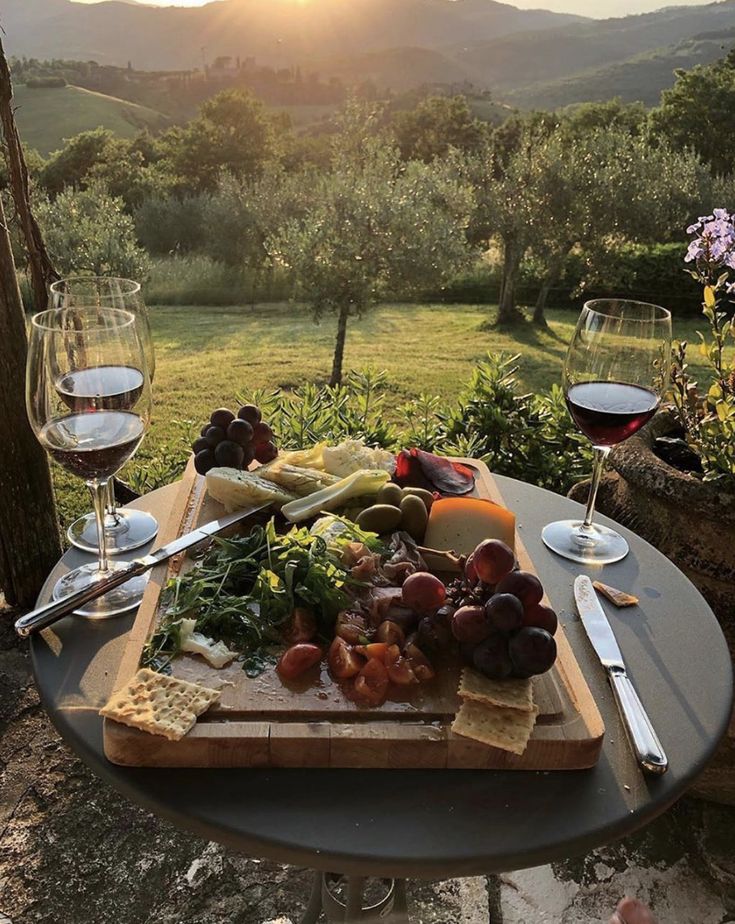
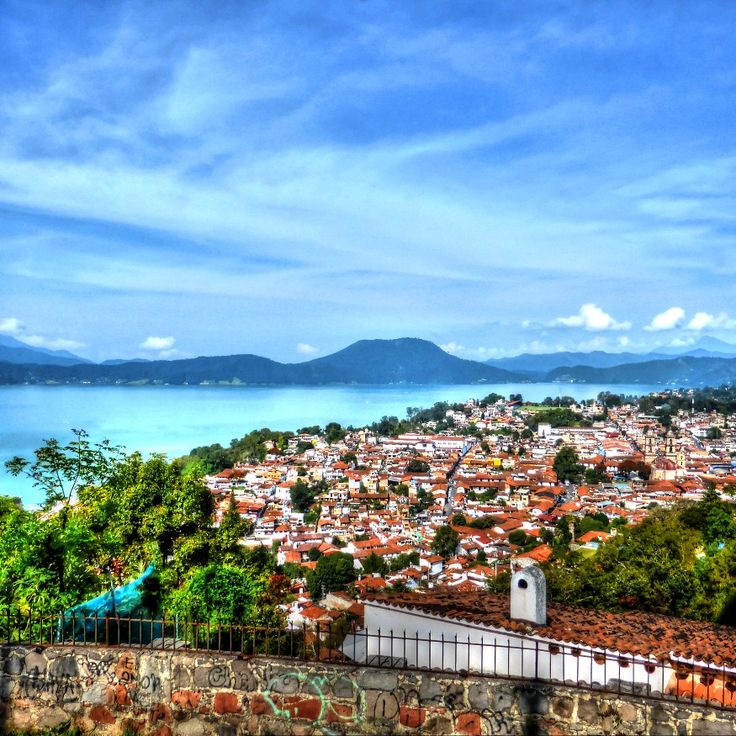
6) Penang, Malaysia
Penang is a welcoming island off the west coast of Malaysia where you can slow down and soak up daily life. You’ll find streets lined with colorful shophouses, historic temples, and cozy cafes in George Town’s UNESCO-listed core.
Try sampling the local street food at night markets—Penang is often called the food capital of Malaysia, and you’ll quickly taste why. Join locals for breakfast in a kopitiam or pick up savory snacks from hawker stalls.
Explore beyond the main city, too. You can stroll along tranquil beaches, hike the lush trails of Penang National Park, or wander through heritage villages at your own pace. Public transport and ferries make it easy to get around without rushing.
Penang’s blend of Malay, Chinese, and Indian cultures means you’ll see a mix of festivals, languages, and architecture around every corner. Many travelers come for a few days but end up staying much longer, drawn in by the relaxed vibe and friendly atmosphere.
Whether you love art, history, nature, or food, you’ll have plenty of time to unwind and enjoy it all at your own speed.
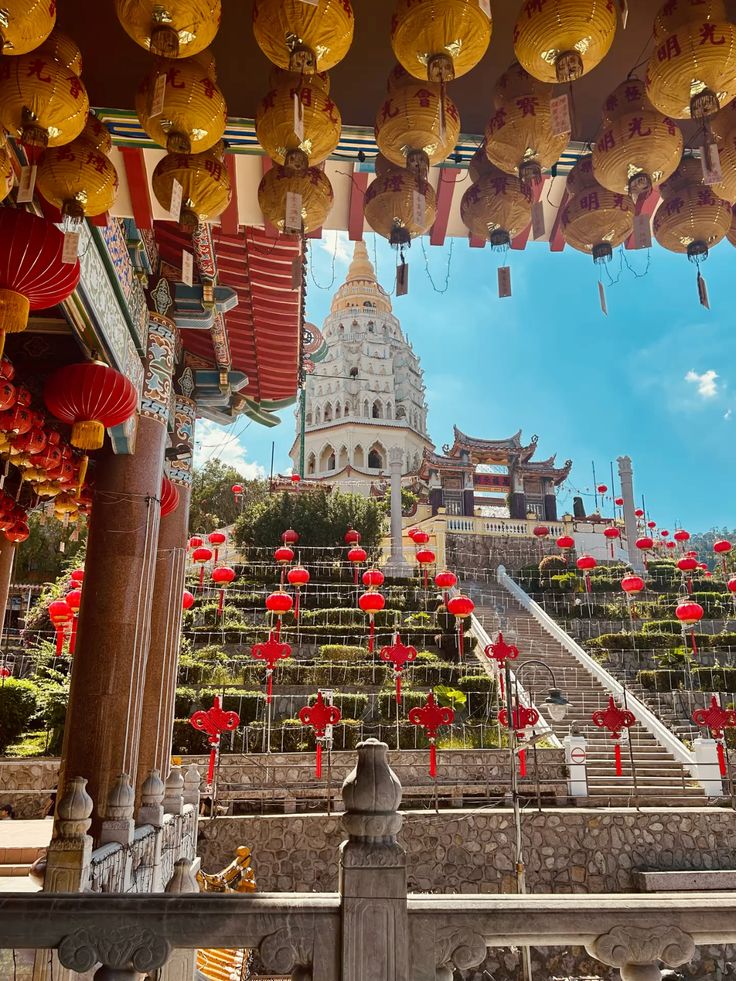
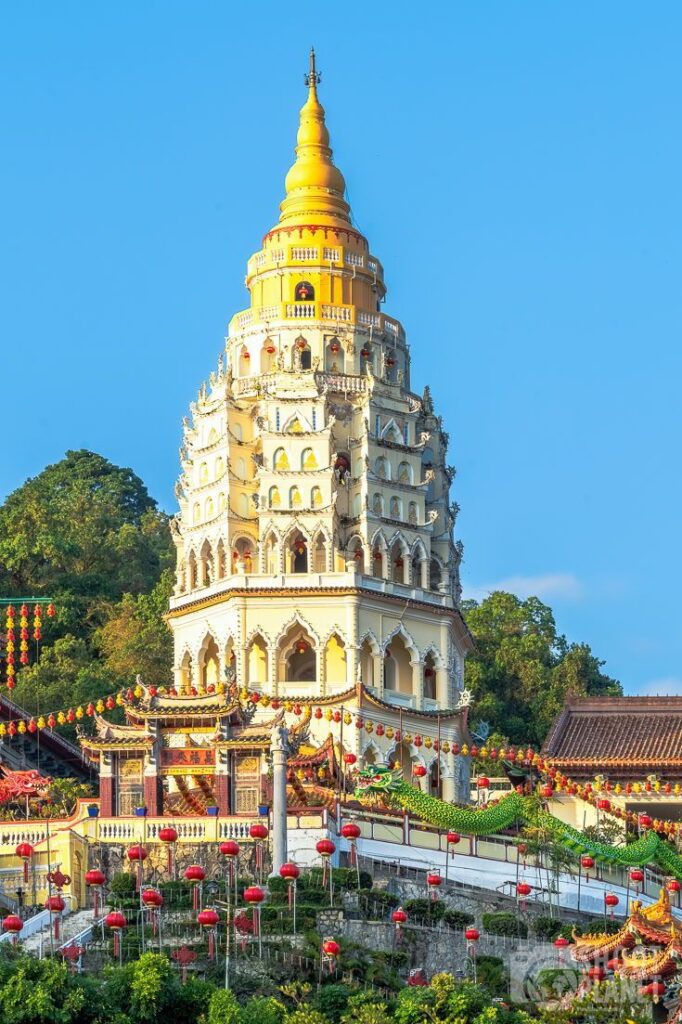

7) Essaouira, Morocco
Essaouira is a coastal city in Morocco known for its laid-back pace and breezy charm. Here, you can stroll through its UNESCO-listed medina lined with white-and-blue buildings and browse local art shops at your own speed.
You’ll find the atmosphere refreshingly relaxed compared to larger cities like Marrakesh. The local markets are lively but not overwhelming, making it easy to stop and chat with vendors or try street food without rushing.
Essaouira’s beaches stretch along a crescent bay, ideal for calm walks or just watching kite surfers ride the Atlantic winds. The Skala de la Ville, a historic rampart, offers beautiful sea views and a nice spot to unwind.
Seafood restaurants surround the port, where you can enjoy freshly caught fish while watching fishing boats come and go. Evenings are cool and peaceful, perfect for wandering or sitting in a café.
You won’t need an itinerary packed with activities. Take your time, soak in the city’s rhythm, and you’ll discover why Essaouira is one of Morocco’s most relaxing destinations for slow travel.

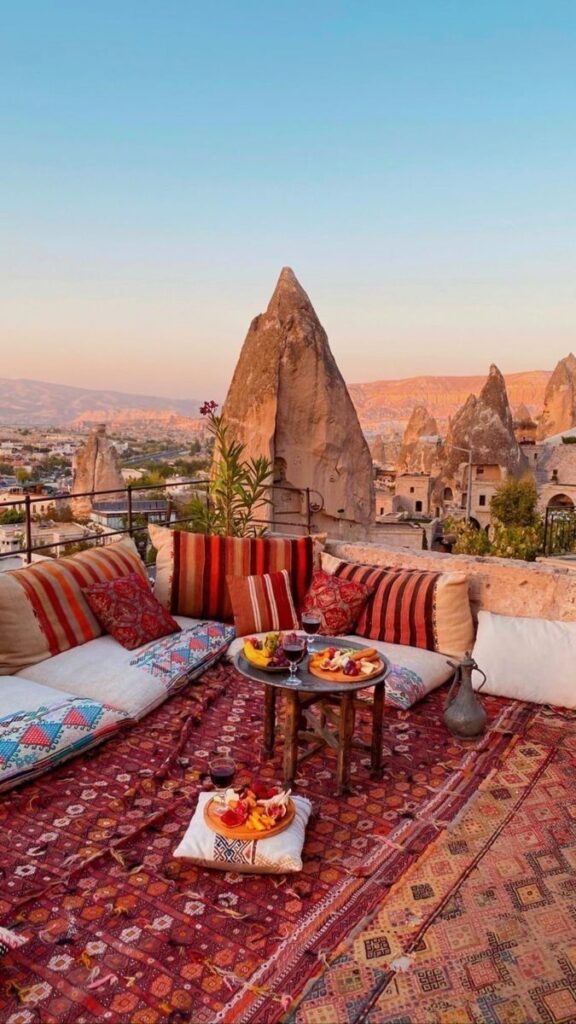
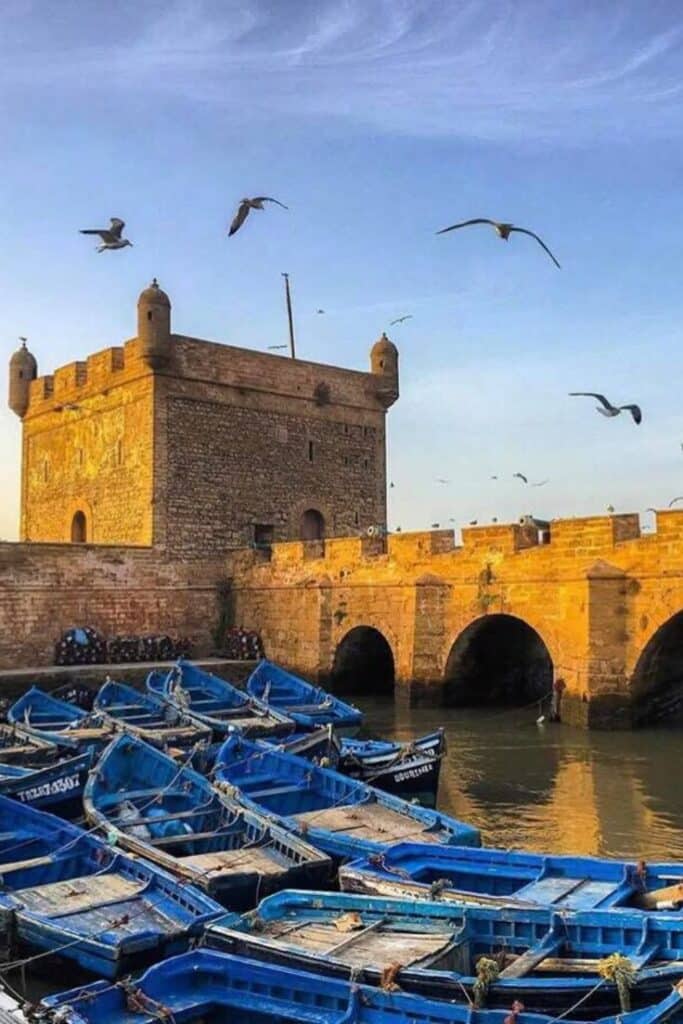
8) Nelson, New Zealand
If you want to experience slow travel at its best, Nelson is an inviting spot. Nestled on the top of New Zealand’s South Island, this small coastal city offers a relaxed pace and a sunny climate.
You’ll find local markets, art galleries, and artisan shops waiting to be explored on foot. The city center is compact, making it easy for you to wander without a fixed schedule.
Nelson’s nearby golden beaches and national parks, like Abel Tasman, offer peaceful escapes into nature. You can enjoy short walks, long hikes, or simply spend time enjoying the view over Tasman Bay.
If you’re a fan of fresh produce or craft beer, there are plenty of local options for you to try. Outdoor enthusiasts will appreciate the range of calm activities, including kayaking, bird-watching, and cycling along scenic trails.
With its mix of creative energy and laid-back vibes, Nelson lets you savor your days without rushing. You can take time to discover the hidden gems between the mountains and the sea.

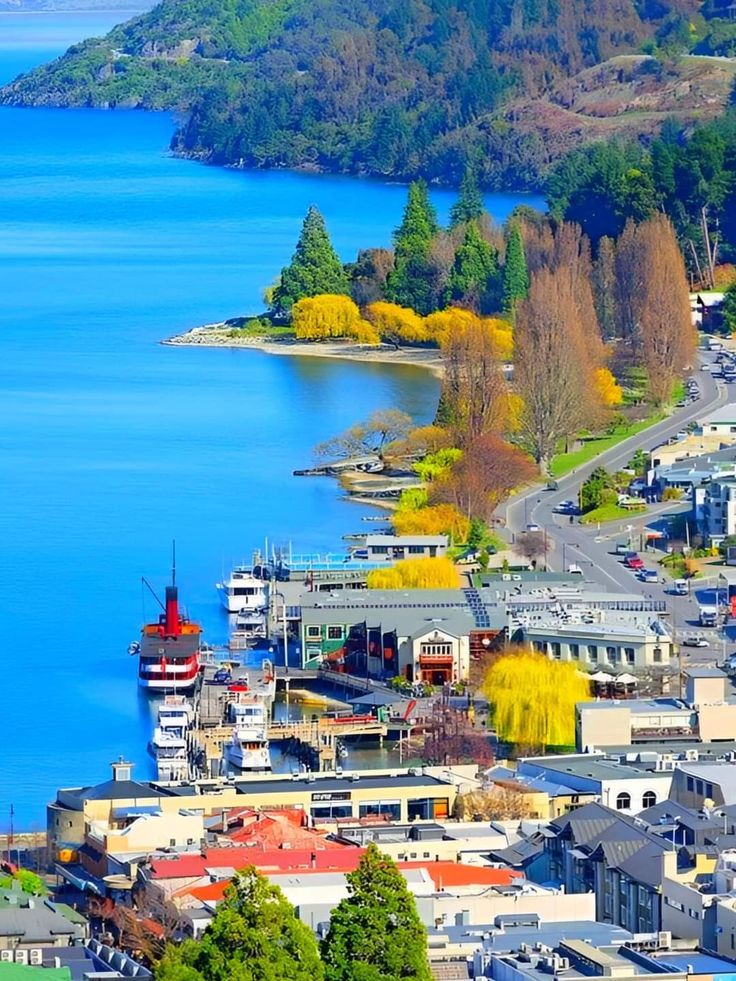

What Is Slow Travel?
Slow travel is about immersing yourself in a destination, focusing on meaningful experiences, and spending more time in fewer places. This approach emphasizes connection, thoughtful pacing, and well-being through travel.
Principles of Slow Travel
Slow travel centers on quality over quantity. Instead of rushing from one popular spot to another, you choose to spend more time in each place, creating space for authentic experiences and local interactions.
Key principles include:
- Staying longer in each destination
- Engaging with local communities
- Using local transportation or walking
- Choosing locally-owned accommodations and restaurants
- Avoiding rigid schedules
When you travel this way, you’re more likely to discover neighborhood cafés, local markets, and daily routines that most tourists miss. You become a temporary resident rather than a typical visitor.
Slow travel is rooted in sustainable practices. This can mean reducing your carbon footprint, supporting small businesses, and traveling in ways that respect culture and environment.
Benefits for Mind and Body
Adopting slow travel habits offers real benefits. You can experience lower stress levels, as you spend less time racing between attractions and more time enjoying each moment.
Spending longer in one place allows you to develop a routine, like morning walks or returning to a favorite bakery. These routines foster a sense of comfort and reduce the fatigue that comes from constant movement.
Slow travel supports mental well-being by creating opportunities for mindfulness. You engage deeply with your surroundings, notice small details, and create richer memories.
Physically, your body benefits from a less frantic pace. Walking, biking, and spending time outdoors replace cramped flights and busy days. This approach gives you energy and time to actually relax.
How to Make the Most of Slow Travel
To truly benefit from slow travel, focus on connecting deeply with your destination and minimizing your footprint. Authentic experiences come from meaningful interactions and thoughtful choices during your trip.
Embracing Local Culture
Immerse yourself in local routines by visiting markets, trying regional dishes, and learning key phrases in the native language. Engage with artisans, shopkeepers, or families to gain insight into daily life.
Participate in community events or workshops to understand traditions firsthand. Instead of rushing between attractions, spend extra time enjoying a single neighborhood or village.
Ideas for Local Immersion:
- Attend a traditional cooking class
- Visit a local festival or market
- Start conversations with residents
- Use public transportation
Choosing to shop at small businesses and eat at family-run restaurants supports the local economy and often leads to more personal interactions.
Sustainable Travel Tips
Adopting sustainable habits during your trip helps protect the places you visit for future travelers. Limit single-use plastics by bringing a reusable water bottle and shopping bag.
Travel by train, bus, or bike to reduce your carbon footprint. Stay longer in one spot rather than hopping between destinations, which also lets you experience the area more fully.
Sustainable Choices Table:
| Action | Positive Impact |
|---|---|
| Use local transport | Lower emissions |
| Eat seasonal, local food | Reduces food miles |
| Refill water bottles | Cuts plastic bottle waste |
Support accommodations and tours that prioritize environmental responsibility. Look for certifications or ask businesses how they reduce energy and waste.


